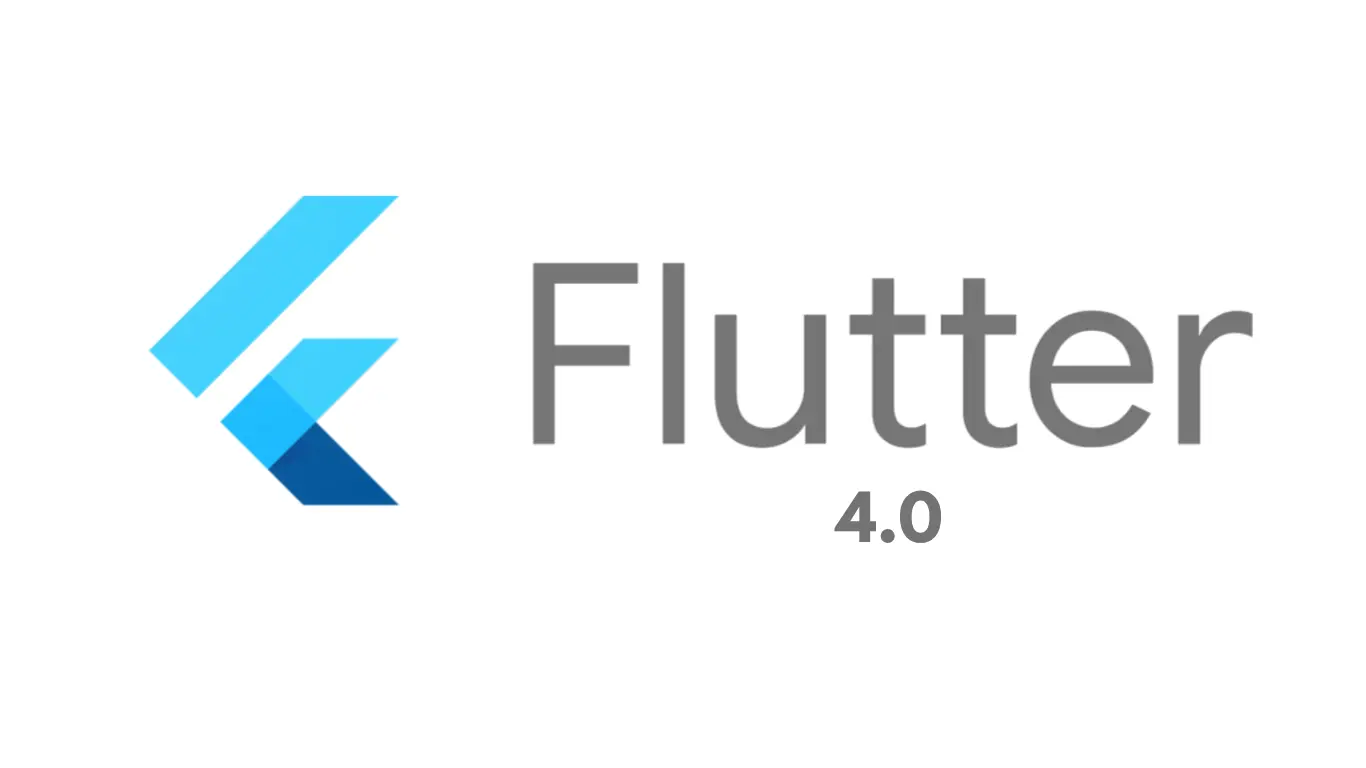What is Flutter 4.0?
Flutter 4.0, Google’s powerful cross-platform UI toolkit, continues to shape the future of app development. With the launch of Flutter 4.0, the framework hits an exciting new chapter, introducing a host of enhancements focused on speed, design, and developer productivity. Whether you’re building for mobile, web, or desktop, this release delivers performance boosts, modern UI capabilities, and refined tools that align with the latest tech trends. In this post, we’ll dive into the standout features and major improvements that make Flutter 4.0 a significant upgrade for developers everywhere.
New Features
1. Enhanced Performance and Reduced App Size
One of the standout improvements in Flutter 4.0 is performance optimisation. With this update, developers can expect smoother UI rendering, faster app startup times, and reduced memory usage. Thanks to improvements in Dart’s compiler and Flutter’s rendering engine, apps built with Flutter 4.0 are lighter and faster.

Key performance upgrades include:
- Improved garbage collection to reduce jank.
- Faster shader compilation on Android.
- Optimisation of text layout and rendering.
These tweaks are beneficial for apps that demand high performance, such as games or productivity tools.
2. Dart 3.2 Integration
Flutter 4.0 ships with Dart 3.2, bringing several enhancements that directly benefit developers. Dart now offers better support for pattern matching, cleaner syntax, and more powerful functional programming capabilities.
Highlights of Dart 3.2 include:
- Expanded support for sealed classes and record types.
- More expressive error handling using new pattern structures.
- Better compile-time safety and improved nullability handling.
These updates make Flutter apps more maintainable and reduce the chances of runtime bugs.
3. Revamped Material Design 3 Support
Flutter 4.0 fully embraces Material Design 3 (also known as Material You). Developers can now create interfaces that feel more modern, personalised, and consistent with the latest Android design trends.
Material 3 support includes:
- Dynamic colour theming.
- Updated buttons, switches, and input fields.
- Improved typography and spacing.
- Easier customisation through the new ColorScheme API.
This means your Flutter apps can now automatically adapt to the system-wide colour themes on Android 12 and above, offering a seamless experience for users.
4. Web Improvements and CanvasKit Optimisation
Web support in Flutter has come a long way, and version 4.0 further enhances this. The CanvasKit renderer has been optimised for better load times and faster rendering of animations and text.
New web features include:
- Improved font rendering and text selection.
- Better responsiveness on mobile web browsers.
- Lazy-loading assets for faster initial load.
- Enhanced debugging for web-specific issues.
These upgrades help developers build PWA-like Flutter web apps that feel closer to native experiences.
5. Desktop Support Gets Stronger
Flutter 4.0 strengthens its support for desktop platforms like Windows, macOS, and Linux. Desktop app development now feels more natural, thanks to native-like interactions and better file system handling.
Enhancements in desktop development:
- Improved support for keyboard shortcuts and mouse gestures.
- Native text editing capabilities with better IME support.
- Drag-and-drop file upload APIs.
- More stable window resizing behaviour.
Developers building productivity apps or tools for desktops will find Flutter 4.0 more powerful and polished than ever.
6.DevTools and Debugging Enhancements
Flutter 4.0 introduces a refreshed version of Flutter DevTools. It offers better performance insights, real-time widget inspection, and more actionable profiling data.
New DevTools features:
- Widget rebuild tracking.
- CPU and memory usage heatmaps.
- Frame rendering timeline improvements.
- Enhanced layout explorer for visual debugging.
These tools help developers spot bottlenecks quickly and make data-driven improvements to their apps.
7. Plugin Ecosystem Upgrades
Flutter 4.0 also comes with updates to key plugins maintained by the Flutter team, including:
- Camera: improved stability and lower latency.
- firebase_*: better native integration and authentication flow.
- url_launcher: smoother deep linking across platforms.
This growing plugin ecosystem ensures that developers can easily integrate popular services without writing platform-specific code.
8. Better Internationalisation (i18n)
Global developers will appreciate Flutter 4.0’s improved internationalisation support. Now, locale resolution is faster and more accurate. Developers can also define fallback locales and easily switch between languages at runtime.
This ensures that multilingual apps feel more natural and reliable for global audiences.
Why Make the Move to Flutter 4.0?
Flutter 4.0 isn’t just a routine upgrade; it marks a bold step forward in cross-platform development. With a range of improvements in speed, UI flexibility, desktop and web performance, and overall developer workflow, this version elevates Flutter to an entirely new level.
Whether you’re crafting a lightweight mobile app or developing an advanced multi-platform solution, learn Flutter 4.0 now offers the performance, scalability, and design freedom required to deliver seamless user experiences across devices.
So, if you’re new to Flutter or have been waiting to make the switch, this release undoubtedly presents the ideal opportunity to dive in and start building with the most powerful tools the framework has ever offered.





